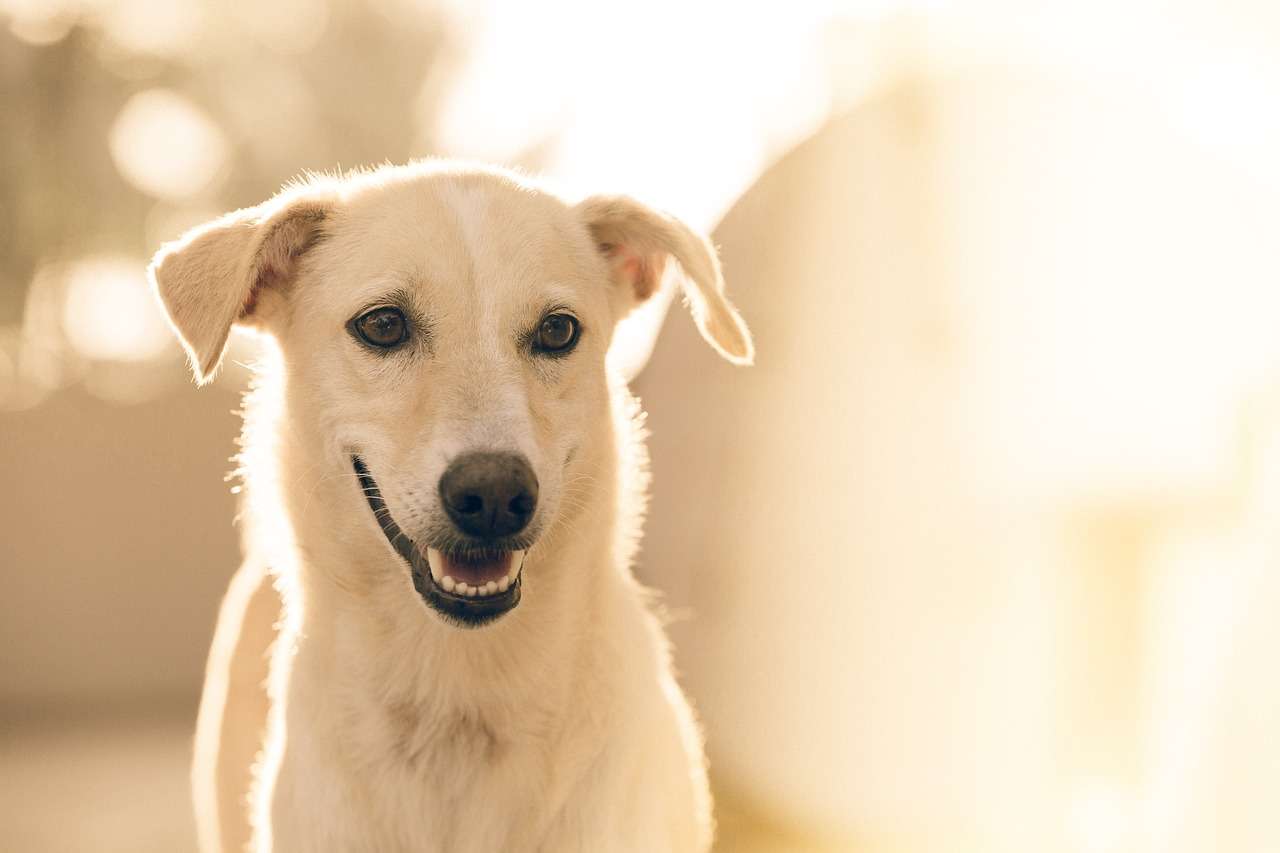Food is love—and when it comes to your dog, feeding them right is one of the biggest ways you show that love. But with so many dog food options, trendy diets, and treats on the market, it can get overwhelming fast. Let’s simplify it. Here’s your real-life, no-fluff guide to dog nutrition and mealtime care.
1. Understanding Your Dog’s Dietary Needs
Just like humans, dogs need a balance of nutrients to thrive. But what’s right for one dog might not work for another.
- Protein: Vital for energy, muscle maintenance, and a healthy coat. Look for meat as the first ingredient.
- Fats: Give dogs energy and support brain and skin health.
- Carbs: Not always necessary, but can offer energy and fiber. Choose wholesome sources like sweet potatoes or brown rice.
- Vitamins & Minerals: These keep your dog’s system running smoothly—from bones to eyesight to digestion.
Tip: Age, size, breed, and activity level all affect how much and what kind of food your dog needs.

2. Choosing the Right Food
There’s no one-size-fits-all diet, but there are good practices to follow.
- Dry Kibble vs. Wet Food: Kibble is convenient and good for dental health. Wet food is easier to eat (especially for seniors) and often more flavorful.
- Grain-Free or Not?: Grain-free isn’t always better. Some dogs do great with grains unless they have specific allergies.
- Raw or home-cooked diets can be healthy, but they require careful planning to ensure nutritional balance. Always consult your vet.
- Life Stage Formulas: Puppies, adults, and seniors all need different nutrients. Make sure the food matches your dog’s stage.
3. Portion Control & Feeding Schedules
Too much love (via food) can lead to obesity, joint issues, and a shorter lifespan.
- Measure Every Meal: Use a measuring cup—not your eye—to prevent overfeeding.
- Stick to a Schedule: Feeding at the same time every day helps with digestion and routine.
- Watch for Weight Gain: If you can’t feel your dog’s ribs with light pressure, it might be time to cut back or switch to weight-control food.
4. Treats: Fun but in Moderation
Treats are great for training and showing affection—but they should be no more than 10% of your dog’s daily calories.
- Healthy Choices: Carrots, green beans, blueberries, or low-calorie store-bought treats.
- Avoid table scraps, especially fatty, salty, or seasoned foods.
- Skip the Junk: Say no to treats loaded with sugar, preservatives, or artificial coloring.
5. Foods to Never Feed Your Dog

Some human foods are downright dangerous for dogs.
- No-Gos: Chocolate, grapes, raisins, onions, garlic, xylitol (found in sugar-free gum), macadamia nuts, alcohol, and caffeine.
- Bones: Cooked bones can splinter and cause choking or internal injury.
- High-Fat Foods: Can lead to pancreatitis, a painful and dangerous condition.
6. Hydration is Key
Water matters just as much as food.
- Always Provide Fresh Water: Clean, cool water should be available all day, every day.
- Check Intake: Excessive drinking or lack of thirst can signal health issues—talk to your vet if something seems off.
7. Special Diets & Allergies

Some dogs need a bit more TLC when it comes to food.
- Food Sensitivities: Symptoms include itching, ear infections, or digestive trouble. Your vet may recommend a limited-ingredient or hypoallergenic diet.
- Medical Conditions: Dogs with diabetes, kidney disease, or joint issues may need a prescription diet.
- Supplements: Glucosamine, omega-3s, or probiotics can be helpful—but only with your vet’s OK.
Wrapping It Up
Feeding your dog well is about more than what goes in the bowl—it’s about supporting their health, happiness, and energy for years to come. With the right food, proper portions, and lots of love, you’re not just filling their belly—you’re fueling their life.
What’s your dog’s favorite healthy snack or feeding tip? Drop it in the comments—we’d love to hear how you keep your pup happy at mealtime! 🐾🍽️


